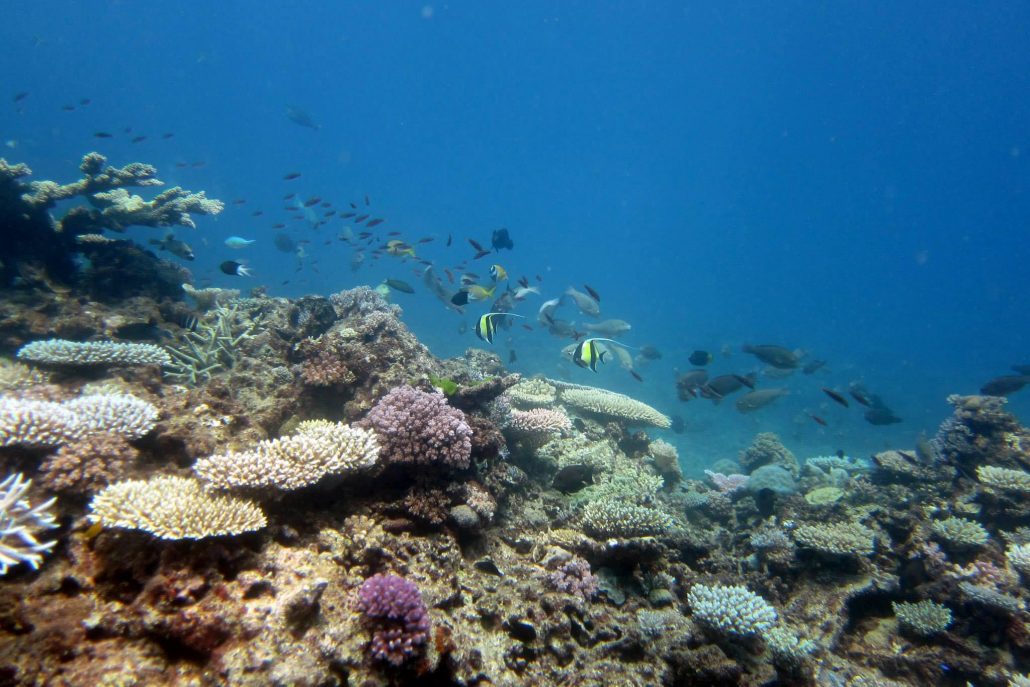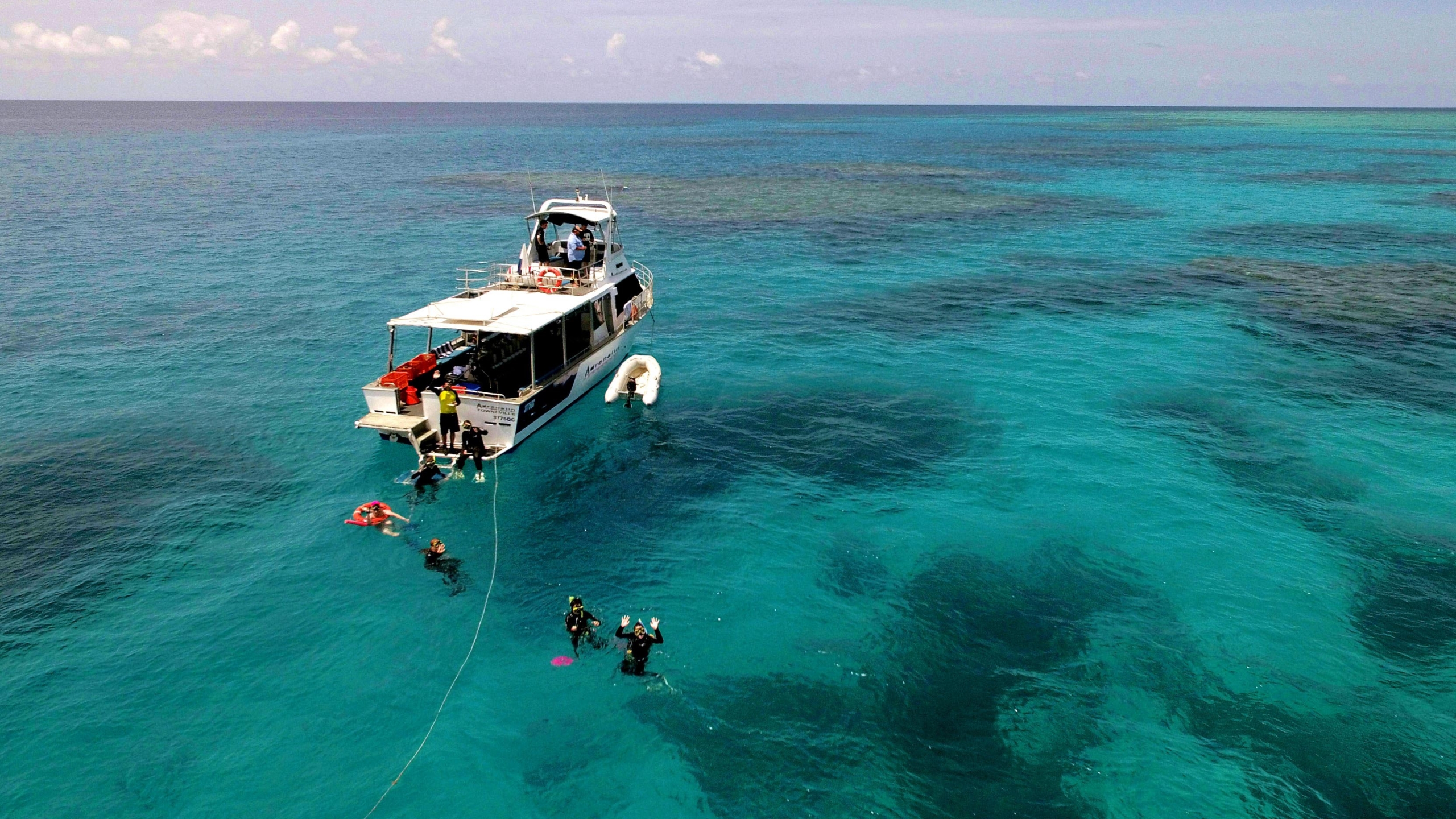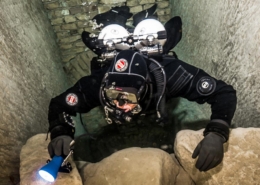Gettin Wrecked On Australia’s Great Barrier Reef
By Troy Stephenson
Australia’s appeal as one of the Oceania region’s most enduring and best known diving destinations lies in its friendly, laid-back lifestyle. Characterised by a ubiquitous smile and laconic “G’Day” as well as an infinite variety of diving possibilities, including that supreme masterwork of nature, the iconic Great Barrier Reef—one of the least explored of all the world’s great coral complexes and one that’s responsible for introducing more people to diving than almost any other place on earth.
The world-famous Great Barrier Reef
Extending over an area of more than 344,000 square kilometres, the World Heritage listed Great Barrier Reef Marine Park has become a major attraction in Queensland’s international tourism industry: a natural wonder stretching 2,300 kilometres southwards along the State’s coast, and one that includes over 2,900 reefs, 71 islands and countless sand cays.
Although less than one-tenth of one per-cent of this, the world’s largest marine park, is ever visited on a regular basis. More than 2 million visitors travel to the Reef—and the neighboring Coral Sea—each year. Nowhere is this more apparent than in the State’s tropical north. Indeed, first time visitors to the Tropical North area of the Queensland coast that takes in Townsville, Cairns and Port Douglas, might be forgiven for thinking that the Reef is, perhaps, over-visited and has little to offer divers seeking new and more exciting challenges. Nothing could be further from the truth.
Regardless of a person’s level of diving experience or underwater interest, Queensland manages to surpass all expectations. A reality made possible by the abundance of well-established island resorts, boat and dive operators along the entire length of the State’s coastline.
Because of the conservative depth ranges – many of the best reefs lie within 12 to 30 metres of the surface. With outstanding underwater visibility, warm water, generally benign weather conditions and the profusion of colourful and exotic marine life, these areas have great appeal to all divers seeking a general impression of coral reef eco-systems.
For the more adventurous diver
The seldom visited far-northern reaches of the Great Barrier Reef or the remote and isolated pinnacles, reefs and atolls of the Coral Sea, hold the promise of more exciting encounters: Historic shipwrecks have come to grief in these waters, many in depths that demand greater degrees of diving skill, confidence and experience. It’s even possible to join a scientific expedition searching for hitherto undiscovered marine life-forms or studying the behaviour of large pelagics and whales.
Widely regarded as the ‘diving capital’ of Tropical North Queensland, Cairns remains the most popular ‘jumping off’ point for international visitors. Filled with all the attractions expected of a high-end tourist destination, it has become a must-visit centre with high appeal to many people. But if, like me, you prefer the intimacy of smaller diving groups and the opportunity to experience outstanding marine life then consider travelling a little further south from Cairns to Townsville, one of Tropical North Queensland’s most welcoming cities.
S.S. Yongala
A destination that sprang to prominence on the world diving map as the original home of legendary diving pioneer, Mike Ball, and his fleet of liveaboard dive boats, Townsville is today home to two tour operators offering day diving trips to one of Australia’s most historic shipwrecks, the S.S. Yongala.
A 3,664-ton steel steamship built in 1903 and measuring 365 feet in length, the Yongala sank during a fierce cyclone in March of 1911, while making passage from Mackay to Townsville. Declared a Historic wreck in 1981, the Yongala rests in about thirty metres of water in a current-swept channel with a flat, sandy bottom.
The only refuge for miles around, the wreck has become home to every imaginable type of marine life. Corals, sea-whips, sponges and oysters cover its hull plates, decks and rigging wires. Fish of every variety cluster to the wreck. Schools of trevally, barracuda and sweetlips sweep across the decks and through the holds. Large groupers, some estimated to weigh up to 400 kilograms, live in natural caves beneath the bow and stern as well as in the dark recesses of the holds.
Around, on, in and under the Yongala there are Bullnose stingrays, sea-snakes and turtles. Swooping schools of bat-fish queue to be cleaned at one of the many cleaning stations dotting the artificial reef, and even sharks put in the occasional appearance.
As close to the Great Barrier Reef’s outer edge as Cairns, diving, snorkeling and sightseeing opportunities from Townsville include trips to view the annual coral spawning, overnight and liveaboard trips to a variety of seldom-visited reefs, weekend safaris and tours of nearby Magnetic Island, and trips to the amazing freshwater Lake Eacham in the nearby tablelands.
Catering to smaller numbers and travelling to seldom-visited dive sites, the only limitations placed on Townsville’s unique diving opportunities is that of the imagination – and having sufficient time to appreciate them all.












 Natalie L. Gibb
Natalie L. Gibb
Leave a Reply
Want to join the discussion?Feel free to contribute!